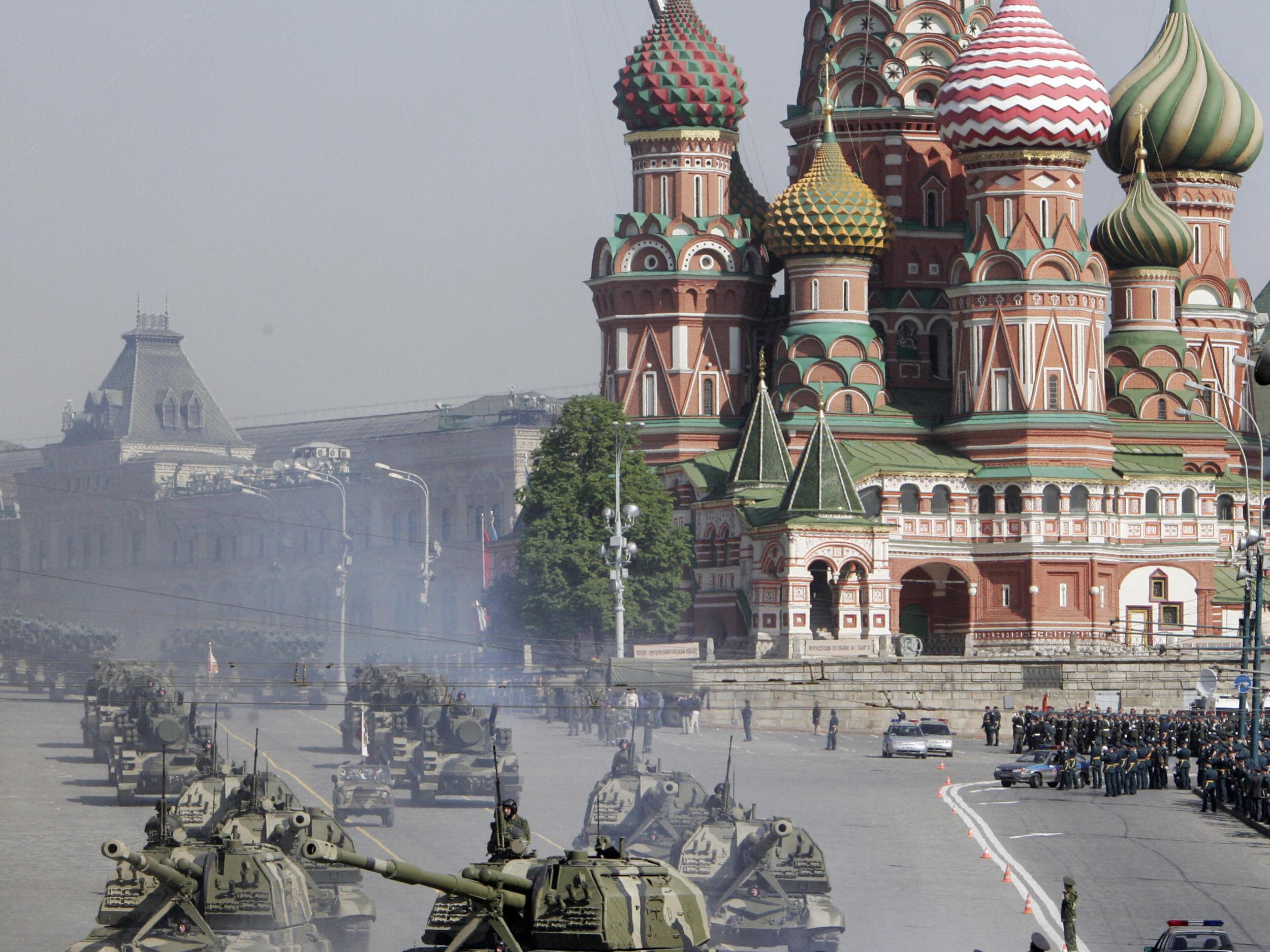Russia could overrun Baltic states in 36 hours if it wanted to, Nato warned
Major think-tank simulates Russian attack, saying 'the outcome was, bluntly, a disaster for Nato'

Russia could overrun Nato’s current military force in the Baltic states in a matter of hours, according to a US think-tank, leaving the Western alliance with few options but to concede the loss of some of its most vulnerable members.
In a damning report, the US Army-linked Rand Corporation said Nato’s military assets in Estonia, Latvia and Lithuania were so mismatched with Russia as to be “inviting a devastating war, rather than deterring it”.
The think-tank said it carried out a series of war games exploring a scenario in which Russia tried to annex the capitals of either Estonia, Latvia, or both, similarly to how it seized the peninsula of Crimea in 2014.
“The outcome was, bluntly, a disaster for Nato,” the report found, with every playthrough of events ending with Russian forces in or at the gates of Tallinn and Riga within 60 hours.
With Russia outnumbering Nato ground battalions by almost two to one, and possessing much heavier weaponry than the Baltic defence forces, some simulations had the capitals falling in as little as 36 hours from the start of hostilities.
“As presently postured, Nato cannot successfully defend the territory of its most exposed members,” the think-tank concluded.
The war games come as Russia and the West make moves which increasingly point to a prolonged quarrel - though not yet the open hostilities envisaged by Rand.
In recent weeks alone, Russia has moved battleships toward the Mediterranean and Baltic Seas, shifted nuclear-capable missile-launchers into its Kaliningrad enclave neighbouring Poland and continued flying bombers down the western European coast.
And in a separate report, Rand observed that Russia was more than capable of “ignoring norms on territorial aggression when it sees fit”.
As part of its simulations, Rand imagined what action would be available to Nato if Russia chose to take Tallinn and Riga, describing them as “a limited number of options, all bad”.
It said the alliance would have to choose between three options: to launch a major counter-offensive and take back the cities in a prolonged conflict; to threaten Moscow directly in a bid to force Russia to withdraw; or to accept the military development, at least in the short to medium term.
The first two options, Rand suggested, could quickly escalate to the potential use of nuclear weapons. The latter would, at best, lead to “a new cold war”.
Nato has itself said it is aware of what seems a growing mismatch against Russian forces on its easternmost border.
Speaking on Thursday, the alliance’s top military commander, US General Curtis Scaparrotti, said: "What we are observing is Russian military practice that diverges widely from NATO practice in scale, scope, content, purpose, and transparency.
“We need to be strategic and coherent in our approach to defending our citizens. Now is the time for the Alliance to remain strong.”
Nato allies are advancing with plans, agreed in July, to station thousands of troops and military equipment to the Baltic.
The US said on Wednesday it would commit a full brigade, some 1,500 to 3,000 troops, to Poland in February. The UK is to send typhoon fighter jets to the Black Sea area, while a battalion of troops, tanks and light armour will deploy in Estonia in the spring, backed by French and Danish troops. Starting in February, Germany will send 400 to 600 soldiers and battle tanks to Lithuania.
But this is still some six to seven times short of the commitment Rand says would realistically make a difference in the event of an all-out Russian attack.
The think-tank speculates that it would take “a force of about seven brigades, including three heavy armored brigades — adequately supported by airpower, land-based fires, and other enablers on the ground and ready to fight at the onset of hostilities… to prevent the rapid overrun of the Baltic states”.
This would come at an annual cost to Nato members of some $2.7 billion. “That is not a small number,” Rand’s report admits. “[But] it hardly appears unaffordable, especially in comparison with the potential costs of failing to defend Nato’s most exposed and vulnerable allies—that is, of potentially inviting a devastating war, rather than deterring it.”
Subscribe to Independent Premium to bookmark this article
Want to bookmark your favourite articles and stories to read or reference later? Start your Independent Premium subscription today.

Join our commenting forum
Join thought-provoking conversations, follow other Independent readers and see their replies